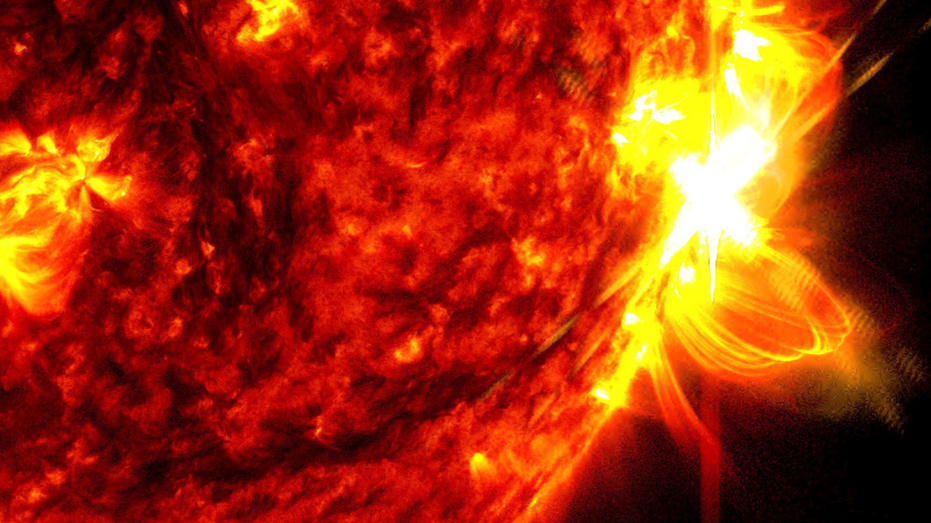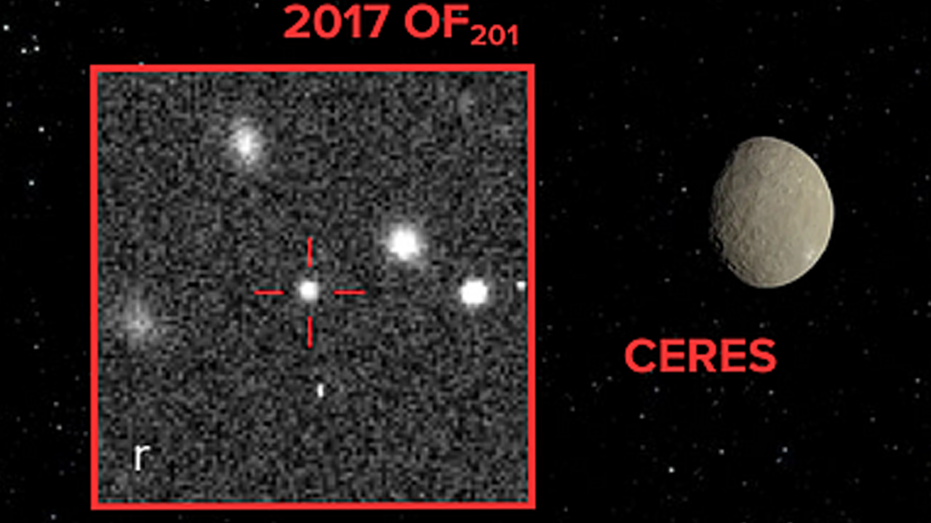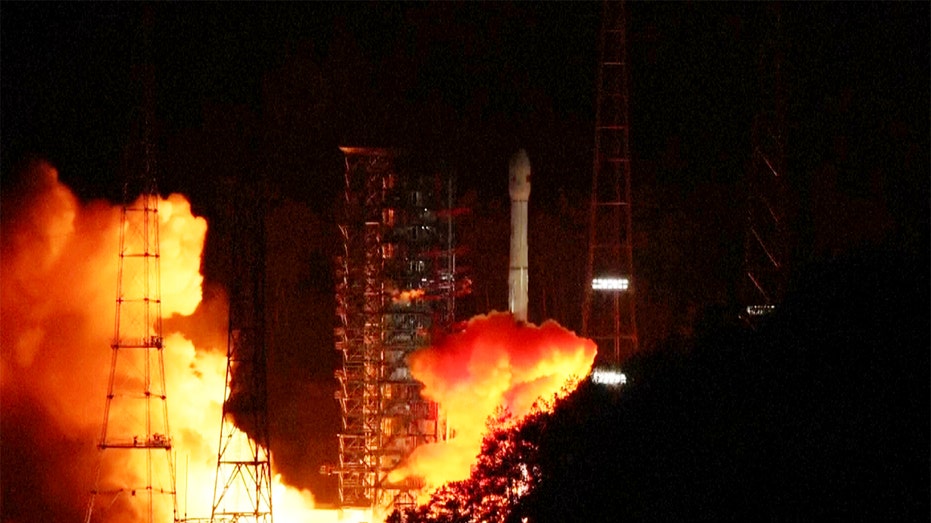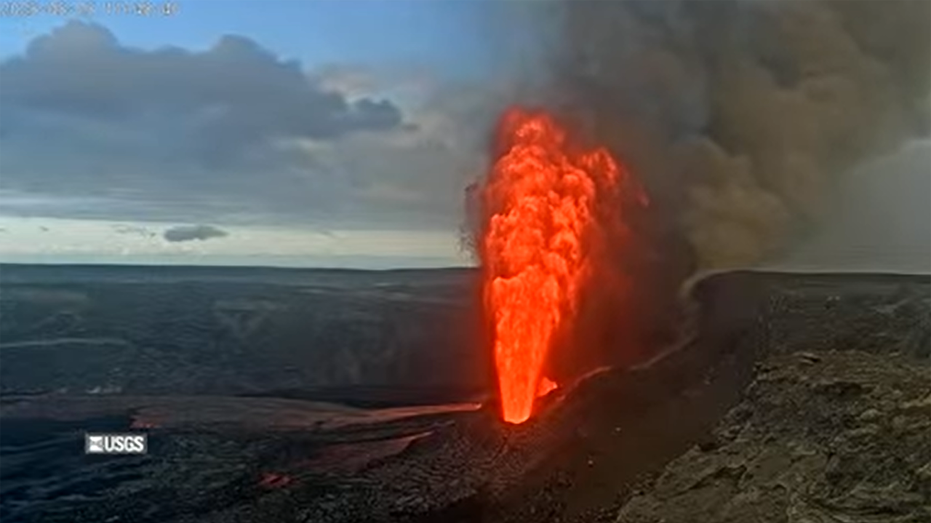Solar Storm Adds to Grid Stress Post-Hurricane Mayhem

Sarah Johnson
March 1, 2025
3 min read
Brief
A severe solar storm is stressing already weakened power grids after recent hurricanes, with potential disruptions to electricity, satellites, GPS, and chances for rare auroras in the US.
A **severe solar storm** that hit Earth on Thursday is potentially adding insult to injury, stressing power grids already strained by the aftermath of Hurricanes Helene and Milton, according to NOAA.
The Coronal Mass Ejection (CME) from the Sun reached Earth around 11 a.m. Thursday, prompting the Space Weather Prediction Center to issue warnings for G4, or severe, geomagnetic storm conditions. These storms can mess with the power grid, satellites, and GPS tech.
"Storm conditions are anticipated to occur overnight as CME progression continues," NOAA stated, noting that fluctuations will cause geomagnetic storm levels to weaken and escalate.
Earlier in the week, a severe geomagnetic storm watch was issued due to a detected solar outburst, which has the potential to disrupt power and radio signals. NOAA has alerted power plant operators and satellite controllers to take precautions.
FEMA has also been notified about possible power disruptions while dealing with the havoc left by Hurricane Helene, and now Hurricane Milton, which made landfall near Siesta Key, Florida, on Wednesday night as a Category 3 storm with winds up to 120 mph. Talk about a cosmic pile-on!
Space weather forecasters don’t think this solar storm will outdo the one from May, which was the strongest in over 20 years.
Scientist Rob Steenburgh of NOAA’s Space Weather Prediction Center mentioned that Florida is far enough south to likely avoid major power disruptions from this solar surge, unless it gets much bigger. "That adds a little bit more to the comfort level," Steenburgh said, emphasizing the importance of preparedness.
Experts are more worried about the effects on power grids in areas hit by Hurricane Helene two weeks prior. Shawn Dahl, a NOAA space weather forecaster, highlighted these concerns.
On a brighter note, the storm might trigger the Northern Lights as far south as the lower Midwest and Northern California, though the exact locations and times are uncertain. Sky gazers are encouraged to use their smartphones to capture auroras that might be invisible to the naked eye.
May’s solar storm created **amazing auroras** across the Northern Hemisphere without causing major disruptions.
With the sun nearing the peak of its 11-year cycle, we can expect more solar activity. Fingers crossed it doesn't knock out our Wi-Fi!
Topics
solar stormgeomagnetic stormpower gridNOAACoronal Mass Ejectionhurricanes Helene and MiltonaurorasFEMAsatellite disruptionspace weatherScienceWeatherEnvironment
Editor's Comments
Given the increasing frequency of extreme weather events, understanding and preparing for geomagnetic storms is crucial for infrastructure resilience. The potential impact on power grids and communication systems underscores the need for robust monitoring and mitigation strategies.
Like this article? Share it with your friends!
If you find this article interesting, feel free to share it with your friends!
Thank you for your support! Sharing is the greatest encouragement for us.



